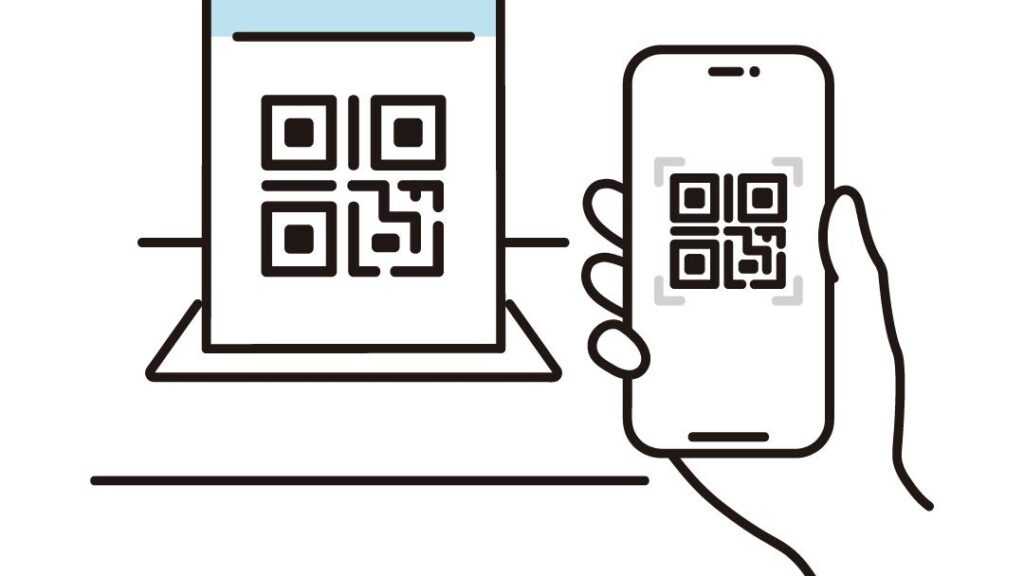Understanding Smart Contracts
Smart contracts are self-executing contracts with terms written in code. They automate transactions and enforce agreements within the blockchain network.
What Are Smart Contracts?
Smart contracts hold code and data embedded into the blockchain. They define conditions and actions automatically executed when predefined conditions meet. For instance, in a decentralized lending platform, a smart contract might automatically release collateral when a loan is repaid.
How Do Smart Contracts Work?
Smart contracts operate through blockchain technology. When specific conditions encode into the contract’s code are met, the contract self-executes. For example, a trading contract could automatically transfer cryptocurrency to a buyer once they’ve paid the set amount. This removes intermediaries, reducing costs and increasing transaction speed.
Introduction to DeFi
Decentralized Finance, or DeFi, offers a transparent, accessible alternative to traditional financial systems. Leveraging blockchain technology and smart contracts, DeFi transforms how financial transactions occur, making them more efficient and trustless.
Core Principles of DeFi
- Decentralization: DeFi platforms operate without a central authority, distributing control across the network. Transactions occur on a blockchain, ensuring transparency and reducing the need for intermediaries.
- Transparency: Every transaction and smart contract is recorded on an open ledger. Anyone can audit these records, increasing trust and accountability.
- Accessibility: DeFi opens financial services to anyone with an internet connection. There’s no need for traditional banking infrastructure or intermediaries.
- Interoperability: Many DeFi platforms integrate seamlessly. Users can combine services like lending, borrowing, and trading across different platforms.
- Programmability: Smart contracts automate and enforce agreements. They execute predefined actions once specific conditions are met, enhancing efficiency and reducing manual oversight.
- Lending Platforms: Platforms like Aave and Compound let users lend their crypto assets to earn interest. Borrowers collateralize their assets to secure loans, and smart contracts manage the terms.
- Decentralized Exchanges (DEXs): Exchanges like Uniswap enable users to trade cryptocurrencies directly with one another. Automated market makers (AMMs) and liquidity pools facilitate these trades without a central authority.
- Stablecoins: Cryptocurrencies like DAI and USDC are pegged to stable assets like the US dollar. They provide a reliable medium of exchange and store of value in the volatile crypto market.
- Yield Farming: Users stake or lend their crypto assets in liquidity pools to earn returns. Platforms like Yearn Finance optimize these investments automatically.
- Insurance: DeFi insurance platforms like Nexus Mutual offer coverage against smart contract failures and other risks. Policies are underwritten and managed on the blockchain.
By understanding these core principles and applications, one can appreciate the transformative potential of DeFi in the financial sector.
The Role of Smart Contracts in DeFi
Smart contracts are critical in DeFi, driving transparency, reducing costs, and enabling complex financial transactions.
Enhancing Transparency
Smart contracts enhance transparency by operating on blockchain networks. Every transaction and contract detail gets recorded on a public ledger. This decentralized ledger ensures all parties have access to the same information.
For example, in lending platforms, transparent contracts show interest rates, terms, and conditions openly, leaving no room for hidden clauses or manipulations.
Reducing Costs and Increasing Efficiency
Smart contracts reduce costs and increase efficiency by removing intermediaries. Traditional banking processes involve various middlemen, each adding to the transaction cost.
Smart contracts automate these processes, reducing the time and resources needed. An example is in decentralized exchanges (DEXs), where automated market makers (AMMs) replace brokers, cutting fees and speeding up transactions.
Enabling Complex Financial Transactions
Smart contracts enable complex financial transactions through programmable code. This programmability allows for intricate activities like yield farming and insurance underwriting. For instance, yield farming uses smart contracts to automate the reallocation of assets to maximize returns. Also, in DeFi insurance, payouts get triggered when certain conditions, predefined in the smart contract, are met, speeding up the claims process without human intervention.
Security and Risks
While smart contracts drive DeFi’s efficiency, they also introduce potential security risks. Understanding common vulnerabilities and effective mitigation strategies is crucial for users and developers.
Common Vulnerabilities
Smart contracts, though powerful, are susceptible to several vulnerabilities. Reentrancy attacks occur when a contract repeatedly calls itself before updating state variables, leading to fund theft. For example, the DAO hack in 2016 exploited a reentrancy flaw. Another vulnerability is integer overflow, where calculations exceed storage limits, altering expected outcomes.
Insecure external calls are also risky when contracts rely on external code without verifying its behavior. Poorly implemented logic can enable access control issues, letting unauthorized entities manipulate contracts.
Mitigation Strategies
Adopting comprehensive mitigation strategies can enhance smart contract security. Code audits by reputable security firms help identify and fix vulnerabilities before deployment. Tools like MythX and Slither scan for common issues, improving contract robustness. Implementing rate limits can prevent reentrancy attacks by limiting the number of calls in a period.
Using safe math libraries safeguards against integer overflow by ensuring arithmetic operations are checked. External calls should employ fail-safe mechanisms, like checks-effects-interactions patterns, to minimize risks. Developers should use multi-signature wallets, requiring multiple approvals for critical actions, thus enhancing access control.
Future of Smart Contracts and DeFi

Smart contracts in DeFi are set to become more advanced, leading to greater adoption and sophisticated financial products. Emerging trends and potential challenges shape this future landscape.
Emerging Trends
Developers are increasingly focusing on interoperability, aiming to create smart contracts that function across multiple blockchains. This trend enhances liquidity and asset transfer, enabling a seamless user experience. Automated Market Makers (AMMs) are another trend, automating liquidity provision using algorithms instead of traditional order books.
Governance Tokens
Governance tokens are empowering users to influence DeFi platform decisions. For example, Uniswap’s governance token (UNI) allows users to vote on protocol changes.
Layer-2 Solutions
Layer-2 solutions aim to increase transaction speed and reduce costs. Optimistic Rollups and zk-Rollups, for instance, process transactions off-chain while maintaining the security of the main chain.
NFT Integration
Non-Fungible Tokens (NFTs) are finding utility in DeFi by representing ownership of unique assets. Platforms like Aavegotchi tokenize gaming assets for borrowing and lending.
Potential Challenges
Despite exciting advancements, smart contracts in DeFi face notable challenges.
Regulatory Uncertainty
Regulatory bodies worldwide are scrutinizing DeFi activities. Compliance with varying regulations may pose difficulties and affect project development and user participation.
Security Risks
Although mitigations exist, security risks persist. Zero-day vulnerabilities and poorly written code can still lead to exploits.
Scalability
Scalability remains a pressing issue. As user demand increases, networks may struggle to process transactions swiftly, resulting in high costs.
User Education
Mass adoption of DeFi relies on user understanding. Complex interfaces and a lack of awareness could hinder widespread use.
Smart contracts will play an increasingly pivotal role in evolving the DeFi ecosystem. By addressing emerging trends and challenges, the future of DeFi promises innovation and greater access to financial services.



 Chief Content Strategist & Unique Author
Paulo Okellyansy is the Chief Content Strategist responsible for curating and managing the platform’s editorial direction. With an in-depth knowledge of cryptocurrency markets and digital finance, Paulo crafts engaging, informative content that resonates with both newcomers and seasoned crypto enthusiasts. His ability to simplify complex topics and identify emerging trends has helped position the website as a go-to resource for cryptocurrency insights.
Chief Content Strategist & Unique Author
Paulo Okellyansy is the Chief Content Strategist responsible for curating and managing the platform’s editorial direction. With an in-depth knowledge of cryptocurrency markets and digital finance, Paulo crafts engaging, informative content that resonates with both newcomers and seasoned crypto enthusiasts. His ability to simplify complex topics and identify emerging trends has helped position the website as a go-to resource for cryptocurrency insights.
